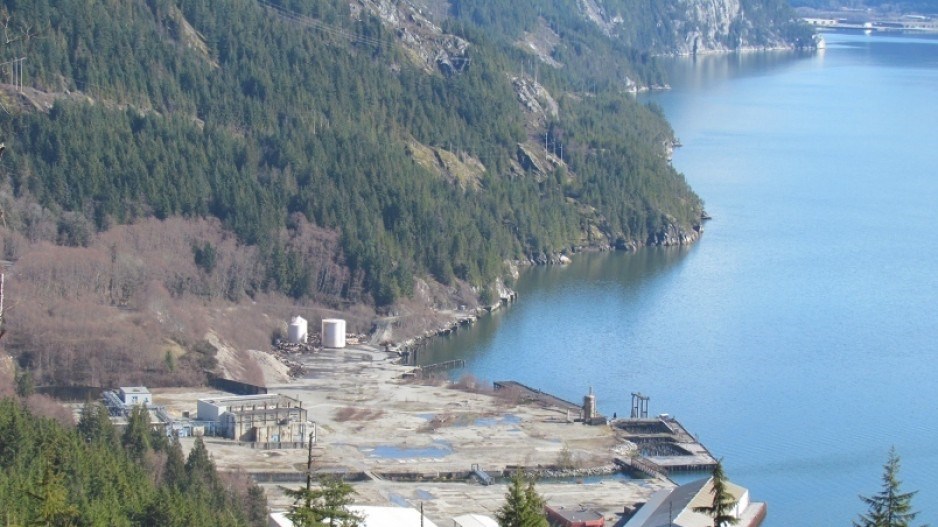The Singapore-based company bankrolling the $1.6 billion Woodfibre LNG plans to spend US$500 million this year on the Squamish based project.
In an update to mayor and council in Squamish Tuesday, Woodfibre LNG’s new CEO, Christine Kennedy, said the company behind the LNG project, Pacific Energy Corp., has approved more than $600 million (US$500 million) in spending for the project in 2022.
“While we have not yet issued our final notice to proceed, this confirmed investment is indicative of our intent to start pre-construction work this year, and complete this critical low-emission energy project in 2027," Kennedy said in a statement to BIV News.
Woodfibre officially set up its office in Squamish in 2013. Several setbacks have pushed back a final investment decision and construction start date, requiring Woodfibre LNG to get extensions to its environmental certificate.
Delays have included the bankruptcy and restructuring of its main engineering, procurement and construction (EPC) contractor, and the temporary closure of LNG-module fabrication yards in Asia in the early part of the COVID-19 pandemic. The last expected construction start date was for the fall of 2021, but came and went with only site remediation work taking place.
Now that partial financing has been approved for 2022, Woodfibre now plans to begin pre-construction work this year, as well as additional site remediation. To date, much of the work on the project -- the former site of an old pulp mill -- has been site remediation.
Once construction work begins in earnest, the project is expected to employ a peak workforce of 650 people.
In addition to work on the actual LNG plant in Squamish, FortisBC, which will supply the plant with natural gas, needs to build a new connector pipeline. The 47-kilometre Eagle Mountain-Woodfibre Gas Pipeline will run from Coquitlam to Squamish. FortisBC expects construction to start on that project in 2023.
Woodfibre LNG is small in comparison to the LNG Canada project, which is now more than half completed and will have an export capacity of 13 million tonnes of LNG annually. Woodfibre LNG would produce and export up to 2.1 million tonnes annually, requiring one LNG tanker about every 10 days.
It’s assumed the LNG produced in Squamish will be exported to China, as Pacific Energy owns 35% of the Jiangsu Rudong LNG receiving terminal in China. It also owns and operates a combined cycle gas turbine power plant in Xiamen, and owns 70% of another gas power plant in Wuxi, China.
Pacific Energy is formally known as Pacific Oil and Gas. It rebranded last year. It is owned by the Singapore-based RGE group of companies. A Canadian subsidiary of Pacific Energy is Pacific Canbriam Energy, formed when Pacific Oil and Gas acquired Alberta's Canbriam Energy, which has natural gas holdings in northeastern B.C.




